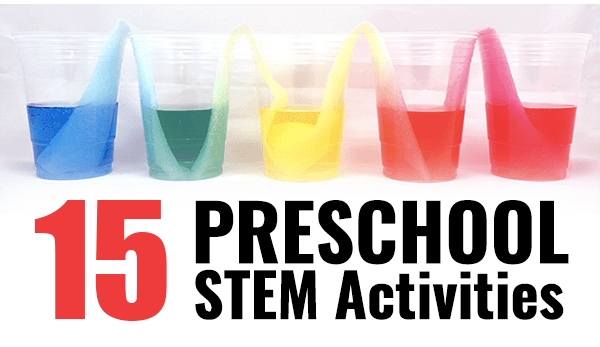Introducing STEM activities for preschoolers is a fantastic way to spark curiosity and enthusiasm for learning from a young age. These activities lay the foundation for problem-solving skills and a deep understanding of the world’s workings. By starting early, we help children develop a love for science, technology, engineering, and mathematics that can last a lifetime.
Math & ELA | PreK To Grade 5
Kids see fun.
You see real learning outcomes.
Watch your kids fall in love with math & reading through our scientifically designed curriculum.
Parents, try for free Teachers, use for free
15 Fun STEM Activities for Preschoolers
1. Homemade Sundials
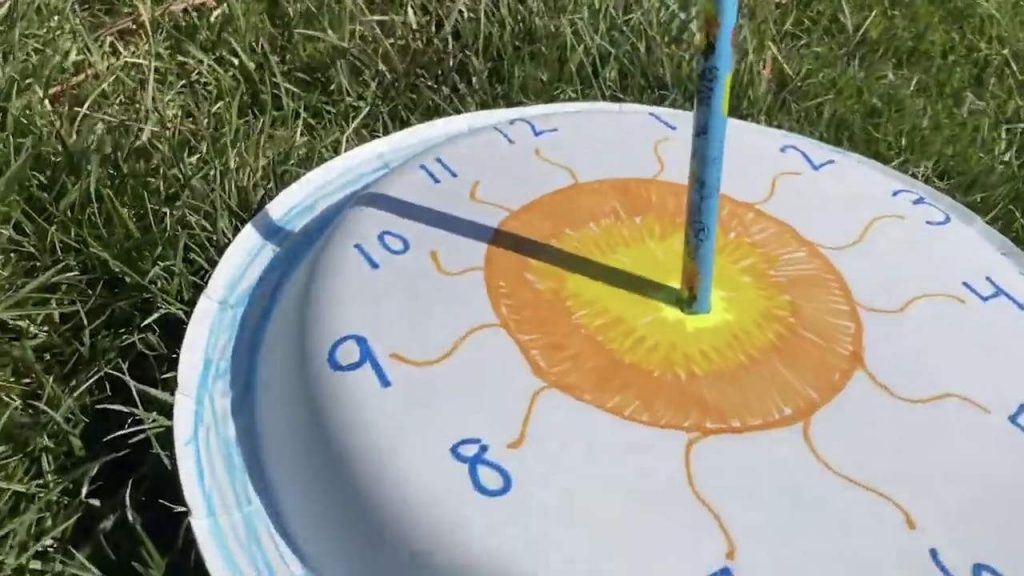
Materials Needed: Stick, stones, sunny day
Concepts Learned: Sun’s position, time-telling
How to Do It: Place a stick vertically in a flat, sunny area. Use stones to mark the shadow of the stick every hour. This is one of the simplest pre k STEM activities to teach kids how to tell time and understand the sun’s movement across the sky.
Teaching time-telling can be challenging. Try these fun math worksheets that make learning time telling a breeze:
2. Online Math Games
If you’re looking for mess-free ways to explore math STEM activities for preschoolers, online math learning games are a fantastic start. SplashLearn offers an engaging and hands-on approach to learning that brings STEM concepts to life. It turns mathematical concepts into hands-on learning experiences through interactive games that teach counting, basic arithmetic, pattern recognition, and more.
Children manipulate virtual objects to solve problems, making abstract concepts tangible and engaging. SplashLearn effectively introduces preschoolers to essential math skills in a practical, interactive format that feels more like play than education.
Begin with these activities:
3. DIY Lava Lamps
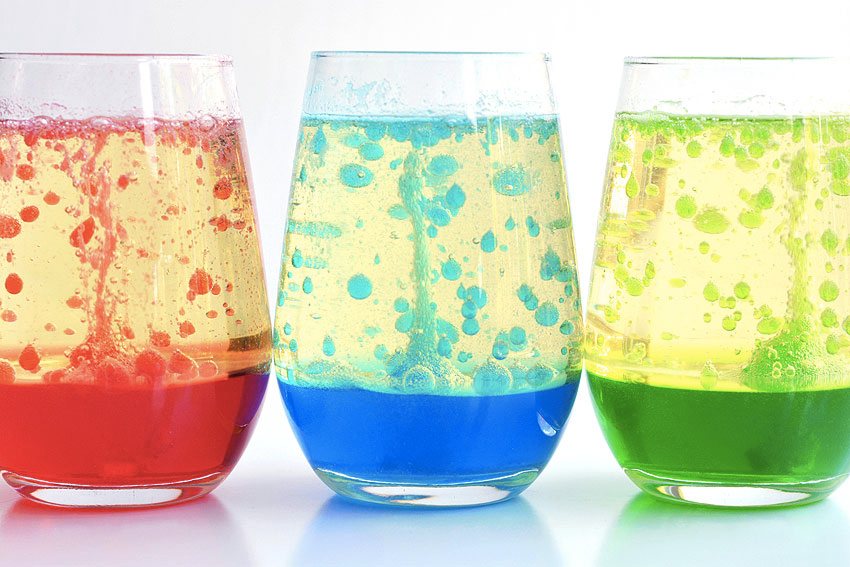
Materials Needed: Water, oil, food coloring, Alka-Seltzer tablet
Concepts Learned: Liquid density and chemical reactions
How to Do It: Fill a clear bottle about halfway with oil. Add water until the bottle is nearly full. Next, add a few drops of food coloring. The color will sink through the oil and mix with the water. Finally, drop in an Alka-Seltzer tablet and watch your lava lamp come to life. This activity is a great introduction to preschool STEM activities focusing on scientific observations.
Related Reading: Best Science Activities for Curious Preschoolers
4. Gummy Bear Osmosis
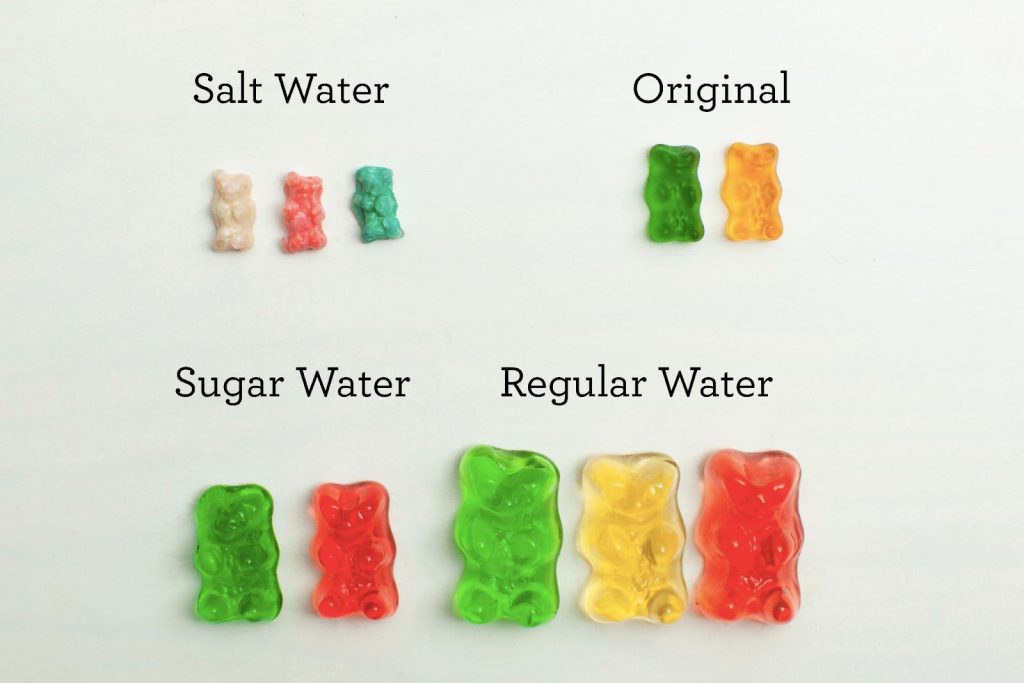
Materials Needed: Gummy bears, water, salt water, vinegar
Concepts Learned: Osmosis and properties of solutions
How to Do It: Place gummy bears in three separate cups filled with water, salt water, and vinegar respectively. Leave them overnight and observe the next day. Children will see how gummy bears expand or contract, demonstrating osmosis in a fun and easy STEM activity for preschoolers.
5. Crystal Shapes
Materials Needed: Epsom salts, water, containers
Concepts Learned: Crystal growth and effects of temperature
How to Do It: Dissolve Epsom salts in hot water and pour the solution into different containers. As the solution cools, crystals will form. Observing the crystal shapes teaches about how temperature affects the growth of crystals.
6. Pattern Play with Nature
Materials Needed: Leaves, flowers, pebbles
Concepts Learned: Symmetry, patterns in nature
How to Do It: Gather natural items like leaves, flowers, and pebbles. Arrange them on the ground or a flat surface to create symmetrical patterns or simple mosaics. This activity is perfect if you are looking for STEM crafts for preschoolers helping them recognize natural patterns and symmetry.
If you are looking for more fun ways to teach kids pattern, here are some activities to try:
7. Color Changing Flowers
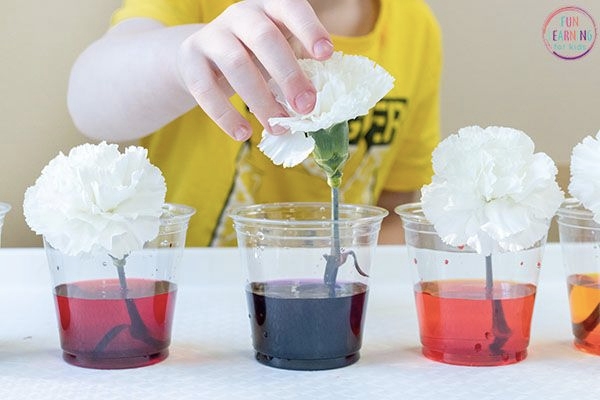
Materials Needed: White carnations, colored water
Concepts Learned: Capillary action and water absorption
How to Do It: Fill multiple jars with water and mix in different colors of food dye. Place a white carnation in each jar. Over several days, the flowers will absorb the colored water and change color, showing how plants drink. This visually engaging demonstration is perfect for STEM activities for 3-4 year olds.
8. Making Rain Clouds
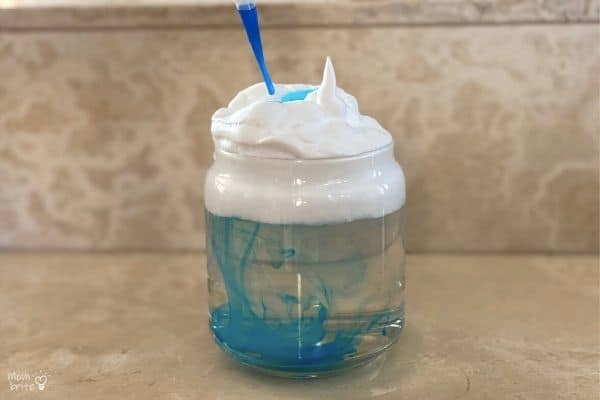
Materials Needed: Jar, shaving cream, food coloring
Concepts Learned: Water cycle and precipitation
How to Do It: Fill a clear jar with water nearly to the top, then spray shaving cream to form a cloud layer. Drop food coloring onto the shaving cream and watch the “rain” filter through to the water below. This simple setup is an excellent STEM activity idea for teaching the water cycle in a tangible way.
9. Build a Bug Hotel
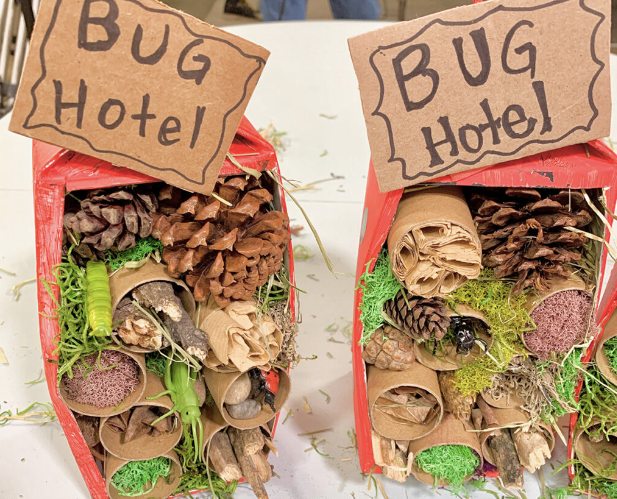
Materials Needed: Natural materials like sticks, leaves, hollow STEMs
Concepts Learned: Insect habitats and ecology
How to Do It: Collect various natural materials and pile them into a structure that provides spaces and tunnels. Place your bug hotel in a garden and observe which insects check in. This activity is a great way to engage kids in hands-on STEM activities that explore insect life and environmental impact.
10. Slinky Sound Waves
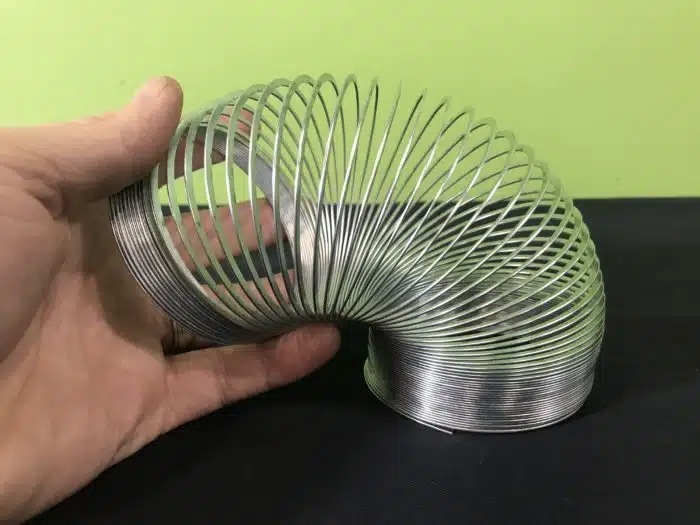
Materials Needed: Slinky
Concepts Learned: Sound waves and vibrations
How to Do It: Stretch a slinky between two people, then quickly push and pull one end to create waves. Watch how the waves travel through the slinky. This is a fantastic demonstration of sound waves and vibrations.
11. Static Electricity Butterflies
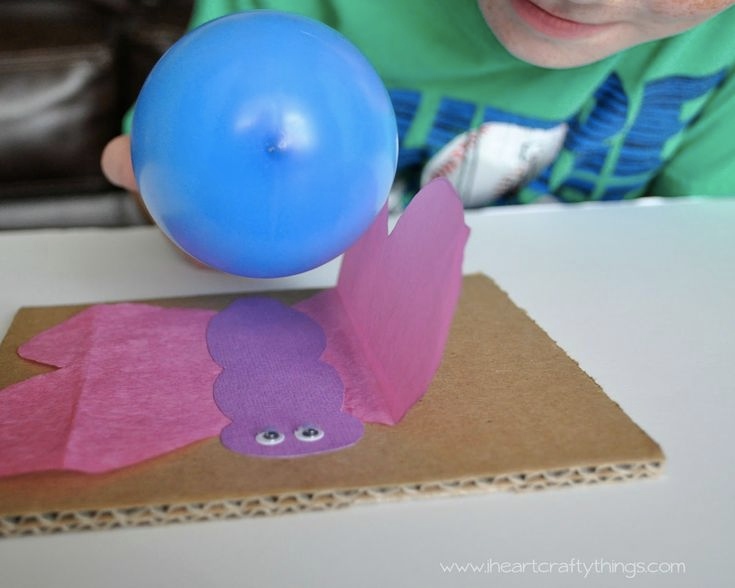
Materials Needed: Paper butterflies, balloon
Concepts Learned: Static electricity
How to Do It: Cut butterfly shapes out of paper. Rub a balloon against your hair or sweater to build static electricity, then hold it near the butterflies. Watch as the butterflies move towards the balloon. This activity demonstrates static electricity in a magical way that delights young learners.
Related Reading: Fun and Easy Science Experiments for Kids
12. Ice Excavation
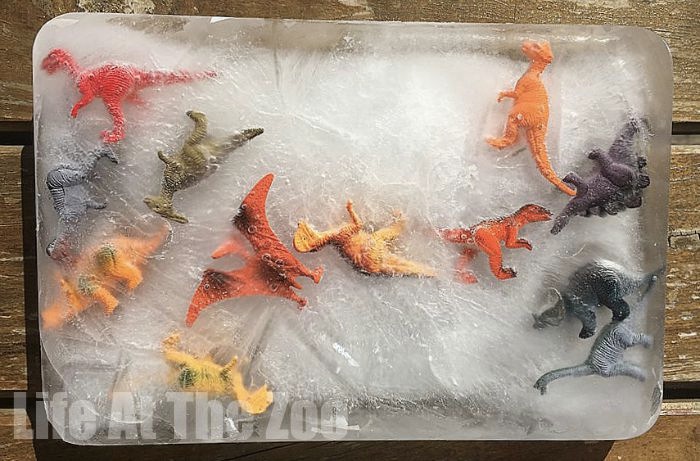
Materials Needed: Colored water, toys, small tools
Concepts Learned: States of matter and physical changes
How to Do It: Freeze small toys in layers of colored ice within a container. Give children small tools to chip away at the ice and excavate the toys. This activity teaches about states of matter and the properties of ice as a solid.
13. Marble Run Maze
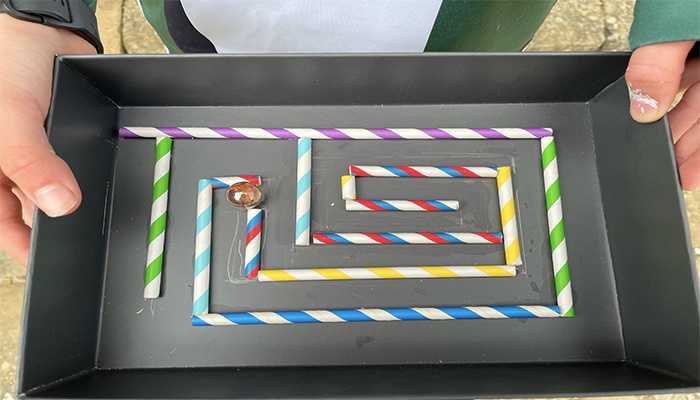
Materials Needed: Cardboard box, marbles
Concepts Learned: Gravity, angles, and physics
How to Do It: Cut sides from a cardboard box to create various slopes and paths. Assemble these pieces inside the box to form a maze. Place marbles at the top and watch them navigate the maze, teaching concepts of gravity and angles through playful experimentation.
14. Cotton Ball Catapult
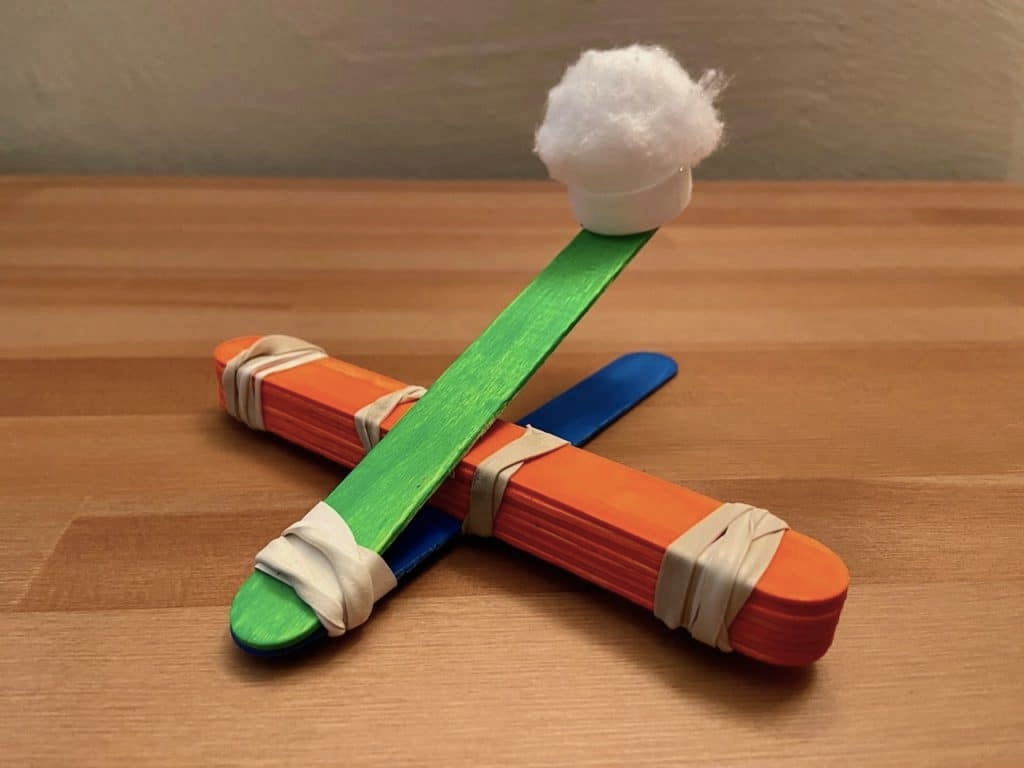
Materials Needed: Popsicle sticks, spoon, cotton balls
Concepts Learned: Force, simple machines
How to Do It: Attach a spoon to a stack of Popsicle sticks to build a simple catapult. Place a cotton ball in the spoon, pull it back, and release it to see it fly. This demonstrates the principles of force and trajectory using simple machines.
15. Plant Growth Observation
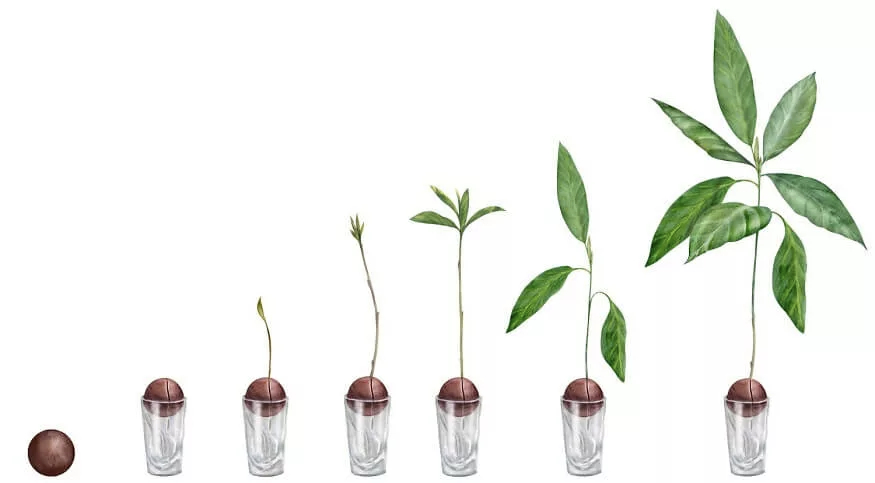
Materials Needed: Seeds (such as beans or sunflowers), soil, pots, water, sunlight
Concepts Learned: Plant biology, growth processes, and environmental needs
How to Do It: Help the children plant seeds in pots filled with soil. Water them regularly and place them in a sunny spot. Over time, observe and record the growth of the plants, noting changes in height, number of leaves, and any flowering. Discuss the importance of water, sunlight, and soil nutrients in helping plants grow.
Related Reading: Best & Fun STEAM Activities for Kids of All Ages
5 Benefits of STEM Activities for Preschoolers
- Engaging with STEM activities helps preschoolers develop critical thinking and problem-solving abilities from an early age.
- These activities spark interest in how things work, fostering a natural curiosity about the world around them.
- STEM introduces basic concepts in science, technology, engineering, and mathematics, laying a strong educational foundation.
- Many STEM activities involve hands-on tasks that improve coordination and motor skills.
- Completing tasks successfully can boost self-esteem and confidence in young learners.
Related Reading: Best Self Esteem Activities for Kids
Conclusion
Integrating STEM activities into early childhood education can greatly enrich a preschooler’s learning experience, making it both fun and foundational. These activities prepare them for future educational challenges and cultivate a lifelong love for learning and exploration.
Related Reading: Best STEM Projects for Middle School Kids
Frequently Asked Questions (FAQs)
What is a STEM project in preschool?
A preschool STEM project is designed to introduce young children to the concepts of Science, Technology, Engineering, and Mathematics through play-based learning. These STEM activities for preschoolers are typically hands-on and exploratory, catering to preschoolers’ developmental levels.
What are the 5 C's of STEM education?
The 5 C’s of STEM education are Creativity, Collaboration, Critical Thinking, Communication, and Curiosity. These skills are essential for successful STEM learning, helping students solve problems, work together, and explore new ideas.
How do you incorporate STEM in preschool classrooms?
Incorporating STEM in a preschool classroom can be done by integrating simple, age-appropriate experiments and building projects that encourage exploration and inquiry. STEM activities for preschoolers should utilize everyday materials and focus on playful learning, such as constructing simple machines or exploring natural phenomena.

















